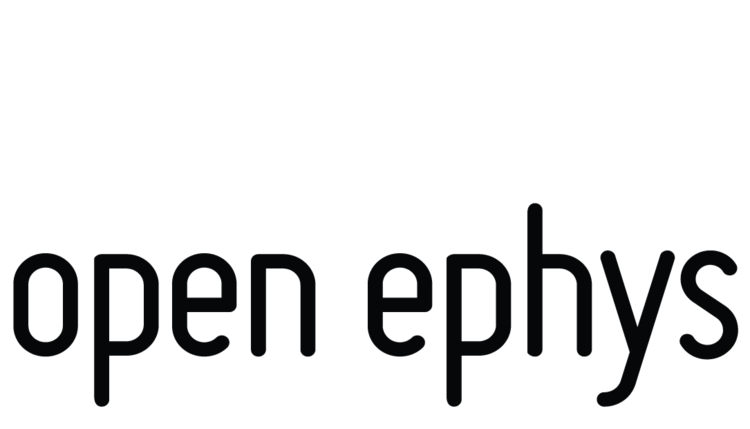This is the third installment of the Open Ephys newsletter, which we plan to send out on a monthly basis. Since last time, we took a trip to Janelia Farm to discuss open-source standards for multichannel electrophysiology, updated our headstage designs for the new Intan chips, and fleshed out the documentation for both users and developers of the Open Ephys GUI.
Developing open-source standards
On December 11, Josh and Jakob traveled to Janelia Farm to talk with members of the Applied Physics and Instrumentation Group, other group leaders, and representatives from Blackrock Microsystems. Dr. Tim Harris initiated the meeting in order to reduce some of the redundancy in open-source tool development, a goal we could not be more enthusiastic about. We discussed the need to develop open-source standards for extracellular electrophysiology, which have been conspicuously absent until now. In communities such as the audio recording industry, standardized interfaces make it possible for hardware and software from different vendors to work together seamlessly.
In our discussions, we identified a few interfaces where standards would be especially useful to have:
- Connections between implanted electrodes and a detachable headstage
- Connector and cable type between headstage and acquisition board
- Communication protocol between Intan chips and an FPGA-based acquisition board
- Data transmission between an FPGA-based acquisition board and a computer
- Writing data to disk, including file types for raw and pre-processed data
We've been working closely with Reid Harrison of Intan to develop standards for each of these interfaces. As a result, our headstages and acquisition boards will be fully compatible with the next generation of Intan evaluation hardware. Whether or not these catch on, we hope our efforts will draw attention to the importance of standards for moving our field forward.
New headstages
We finished the first revision of our updated headstage design in December. If you have access to Eagle PCB software, you can check out the design files on GitHub: https://github.com/open-ephys/headstage. By incorporating the new RHD2132 Intan chips (as opposed to the older RHA2132 chips), these headstages will feature:
- 32 channels
- on-chip analog-to-digital conversion
- low-voltage differential signaling, which allows significantly longer cable lengths
- reduced size and weight
- 36-pin Omnetics connectors compatible with many current implants and probes (mates with Omnetics part #A79026-001)
- a built-in 3-axis accelerometer (for detecting head movements)
The printed circuit boards just arrived, and we're excited to test them out as soon as possible. We ordered a bunch of extras, so if you're interested in building your own headstages (instead of purchasing them through Intan), we might be able to send some bare boards your way.
Updated documentation
In the last month, we added a page to the GitHub wiki to orient new users to our cross-platform data acquisition package: https://github.com/open-ephys/GUI/wiki/User-documentation. If you've been using the Open Ephys GUI for data acquisition and any aspects of the software have been confusing, please let us know. We will gladly use your input to revise the documentation (which is still very much a work in progress).
We also posted some much-needed developer documentation: http://htmlpreview.github.com/?https://raw.github.com/open-ephys/GUI/master/Source/Docs/html/classes.html. We're using Doxygen to extract the documentation directly from the source code, which makes it trivial to keep everything up to date. As of last week, all of the major classes and methods are described. If you plan on changing the software yourself, we highly recommend browsing through these pages.
If you have any questions, or would like to get involved in our efforts, please get in touch with us through the contact page (http://open-ephys.org/contact) or by replying to this email.
